Leftovers are great because they mean you don’t have to cook dinner again, but using the microwave to reheat the wrong foods can make them taste dull and unappetizing. The quick, uneven heat can change texture, dry things out, and even create food safety concerns. Don’t make the mistake of zapping these foods.
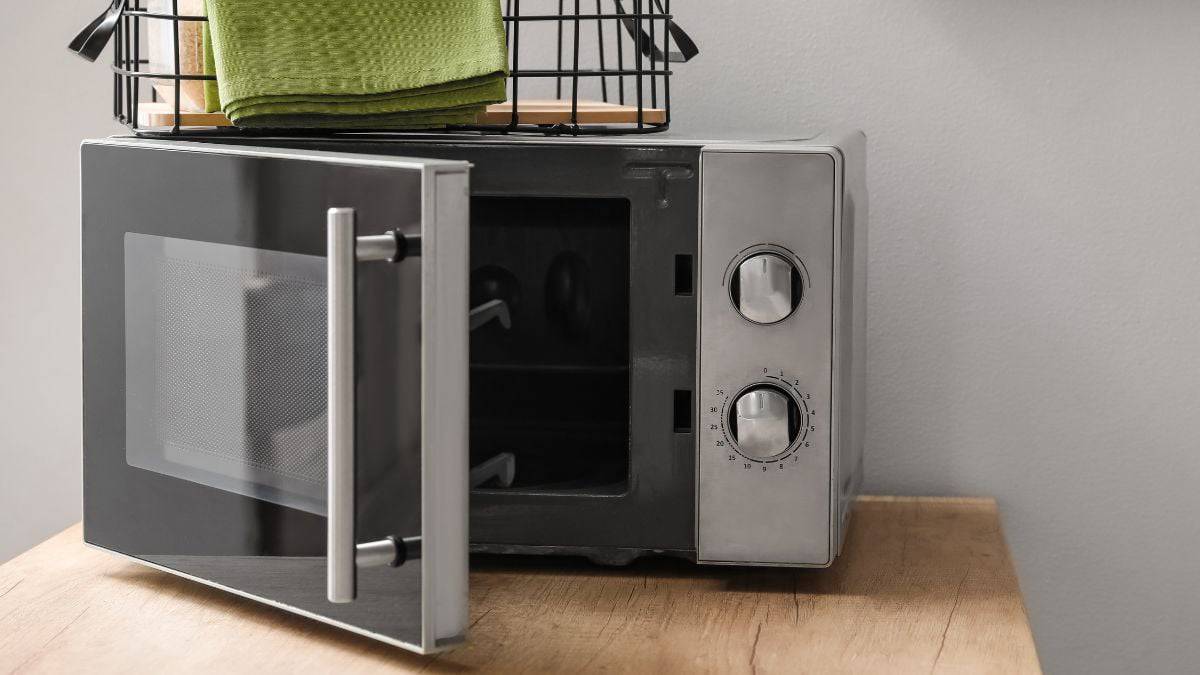
French Fries

Microwaving fries strips them of everything that makes them worth eating. The dry heat that once created a crisp outer layer is no match for the microwave’s moist environment. Instead of golden and crunchy, you end up with limp, unevenly heated fries that taste flat. A quick run through a hot oven or an air fryer revives them far better, restoring that crisp texture and fresh-from-the-fryer taste.
Eggs
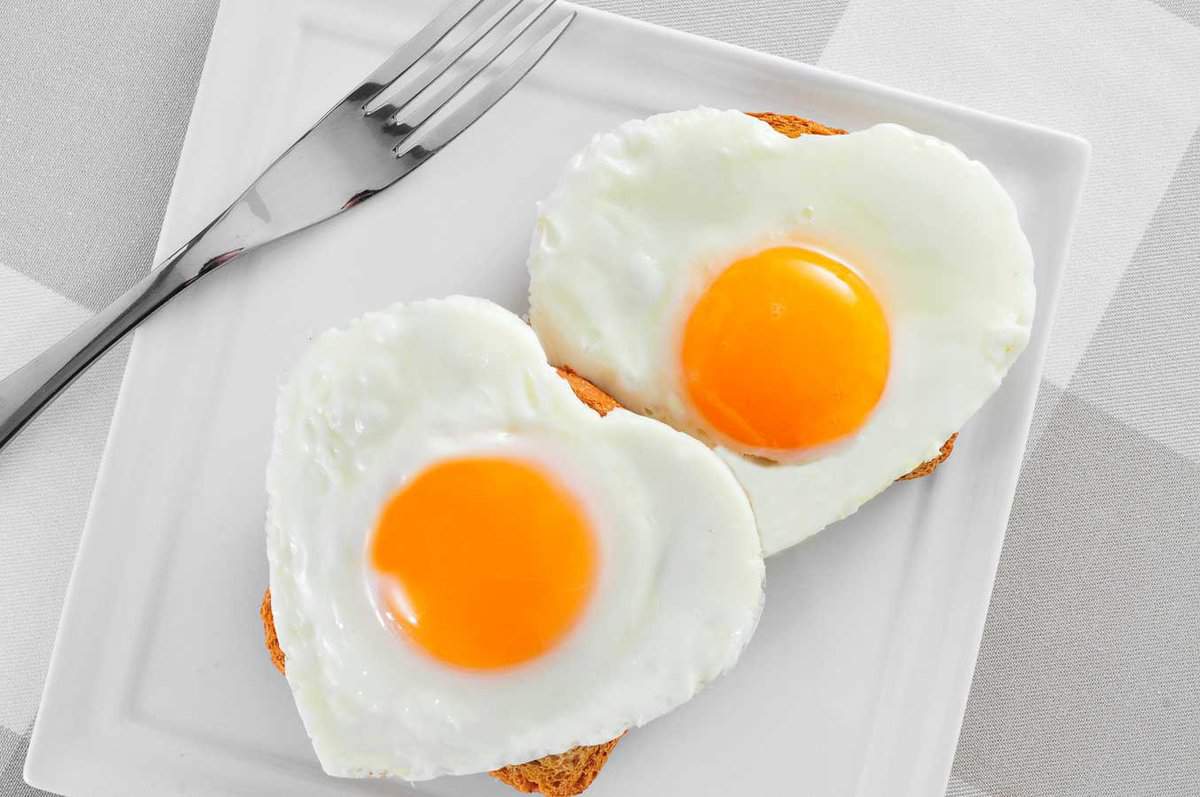
Whole eggs can create a mess and a safety issue when reheated in the microwave because trapped steam builds pressure and can make them burst. Scrambled or fried eggs don’t fare much better, often turning rubbery and dry. A gentle reheat on the stovetop over low heat or enjoying them cold in a salad or sandwich keeps their texture and flavor intact.
Nachos
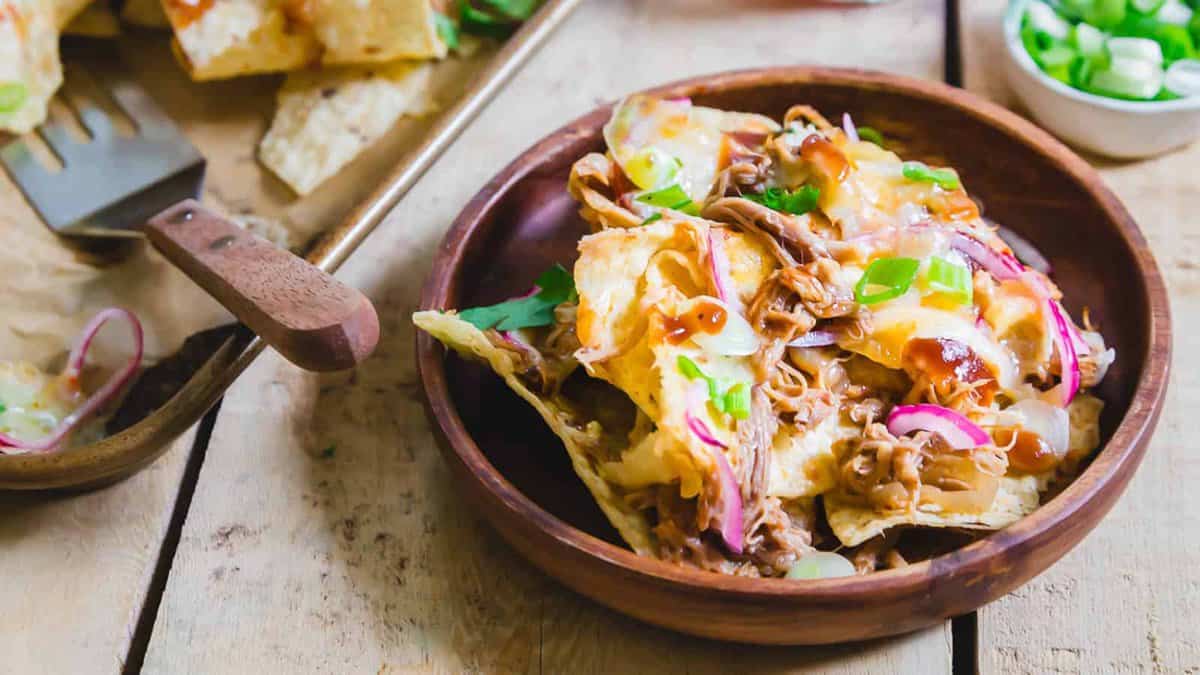
The magic of nachos lies in crunchy chips and melted cheese. Microwaving them steams the chips and leaves the cheese unevenly melted or hardened in spots. Instead of the layered crunch you expect, you get a soft pile that’s lost all appeal. Warming them in a low oven keeps everything crisp and gooey at the same time.
Shrimp

Delicate shrimp toughen quickly when blasted with microwave heat. The high heat can tighten the proteins too fast, creating a rubbery texture and a fishy smell. Gentle reheating in a skillet with a splash of broth or butter brings shrimp back to life without sacrificing tenderness.
Pasta
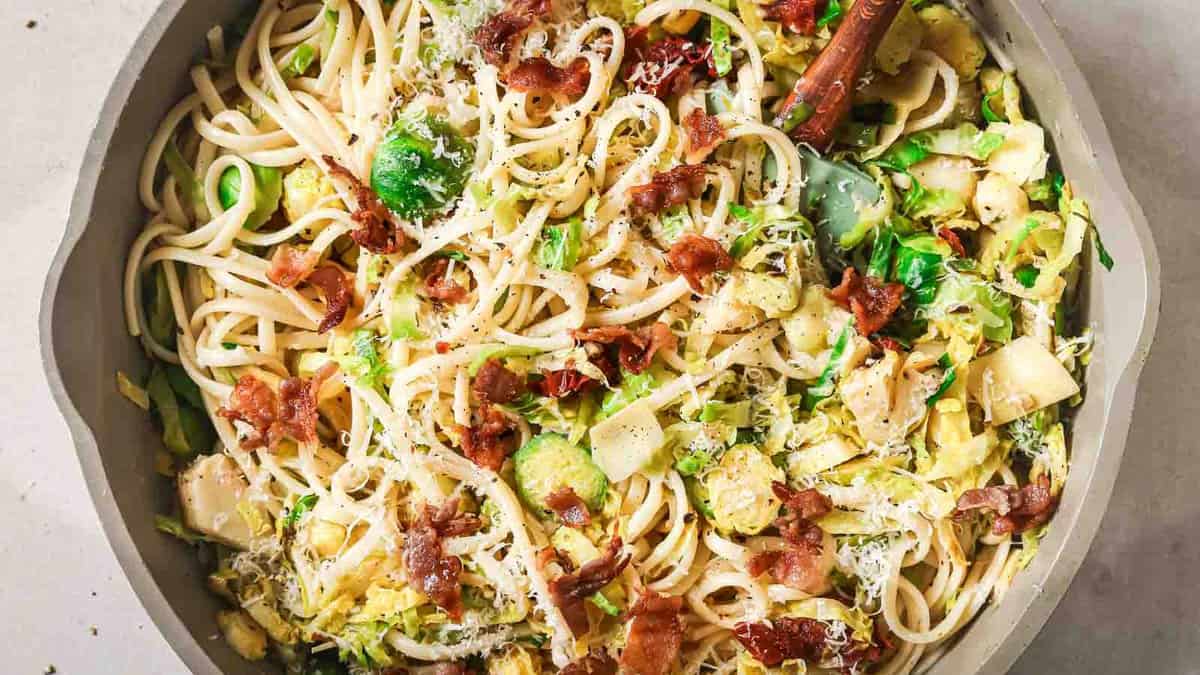
Plain pasta often dries out in the microwave and heats unevenly, leaving some bites gummy and others hard. Sauces can separate, creating oily spots and clumps. Warming pasta on the stovetop with a little water or sauce allows it to rehydrate and heat evenly so it tastes close to freshly cooked.
Fried Food

Fried foods need dry, consistent heat to stay crisp, something the microwave simply cannot provide. The steam created inside the microwave softens breading and batter until everything turns limp. Reheating fried chicken, spring rolls, or onion rings in an oven or air fryer restores their crunch and keeps them worth eating.
Hot Peppers

Heating hot peppers in a microwave can release capsaicin, the compound that gives them their heat, into the air. The result can be eye-watering fumes and coughing when you open the door. Sautéing peppers on the stovetop or adding them at the end of cooking is a safer way to bring out their flavor.
Pizza

Leftover pizza deserves better than a microwave. The crust absorbs steam and becomes tough and chewy, while the cheese often turns greasy and unevenly melted. A few minutes in a hot skillet, oven or air fryer crisps the crust and melts the cheese perfectly, making it taste almost as good as when it was first delivered.
Previously Reheated Foods

Heating leftovers more than once can encourage bacterial growth and lead to off flavors. Each trip through the microwave cools and reheats food unevenly, increasing the risk of foodborne illness. Reheat only the portion you plan to eat and do it once, using the stovetop or oven for a more thorough and safe result.
Coffee

Microwaving coffee changes its chemical makeup and produces a bitter, stale taste. The delicate compounds that give coffee its aroma and depth break down with repeated heating. If you need a second cup, brew a fresh pot or keep extra coffee in an insulated carafe to maintain flavor and warmth without sacrificing quality.
11 Foods You’re Cooking Wrong and How to Fix It
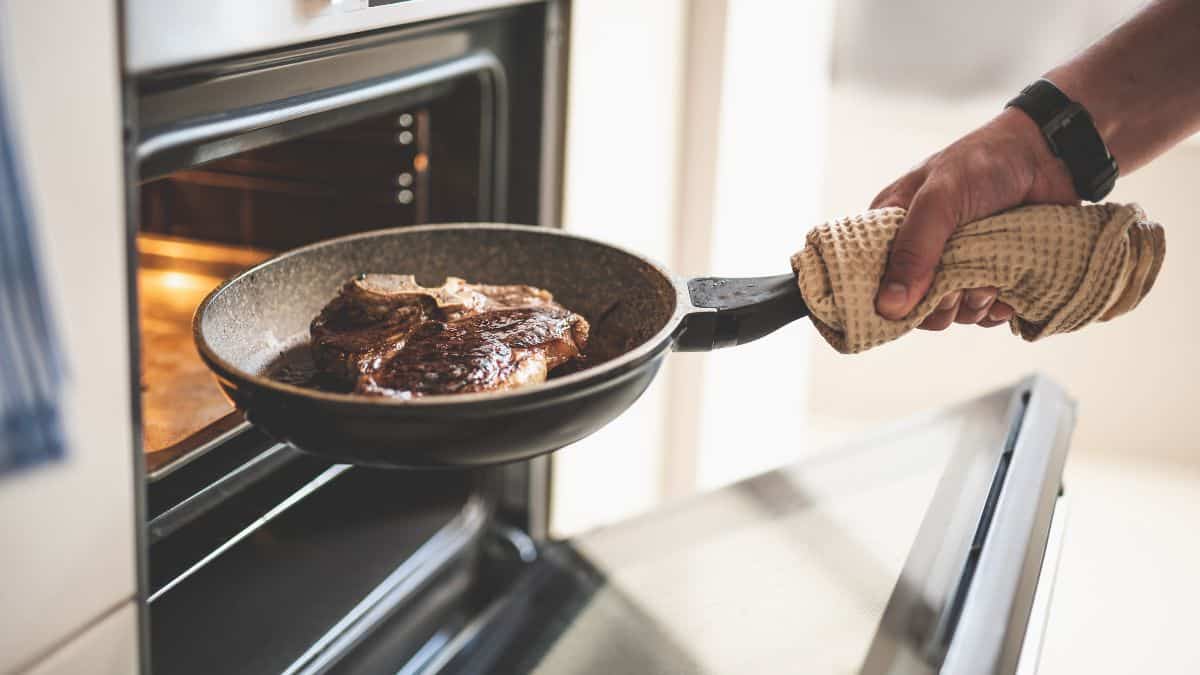
We all have our kitchen strengths, but let’s face it—there are a few foods we might be getting wrong without even realizing it. From the simple steaming of rice to searing the perfect steak, cooking is full of little techniques that can make or break a dish. This article is your chance to stop those cooking faux pas in their tracks. Take a closer look at these common foods that often fall victim to missteps in the kitchen and learn how to do them justice.
Read it Here: 11 Foods You’re Cooking Wrong and How to Fix It
15 Foods You Should Always Buy Frozen Instead Of Fresh

While fresh produce often gets the spotlight for being the healthiest option, don’t overlook the frozen aisle on your next grocery run. Frozen foods can be superior in both flavor and nutritional value, especially when they’re processed right at peak ripeness. This article will guide you through the select foods that are actually better to buy frozen than fresh. Find out which staples you should be stocking up on to make your meals easier and your diet richer.
Read it Here: 15 Foods You Should Always Buy Frozen Instead Of Fresh
Select images provided by Depositphotos.
Gina Matsoukas is an AP syndicated writer. She is the founder, photographer and recipe developer of Running to the Kitchen — a food website focused on providing healthy, wholesome recipes using fresh and seasonal ingredients. Her work has been featured in numerous media outlets both digital and print, including MSN, Huffington post, Buzzfeed, Women’s Health and Food Network.








